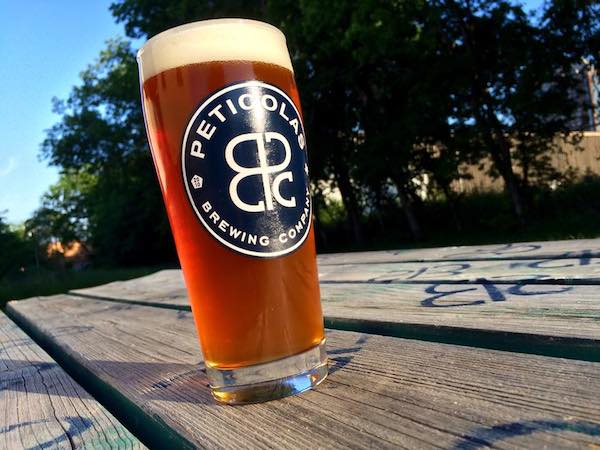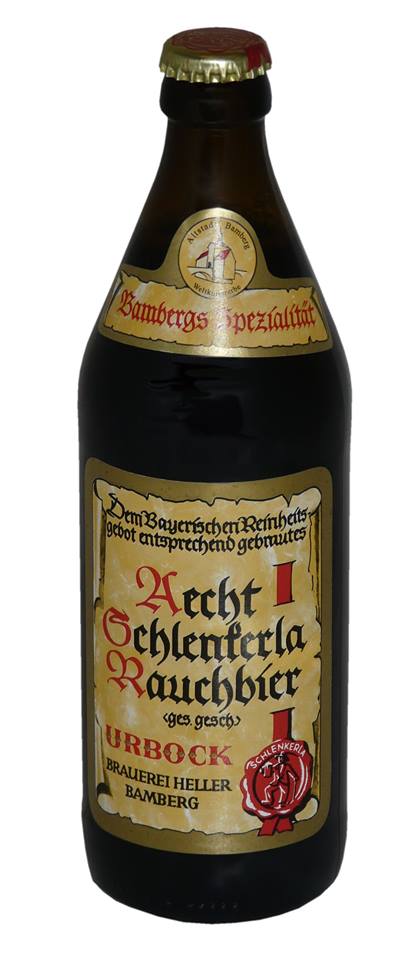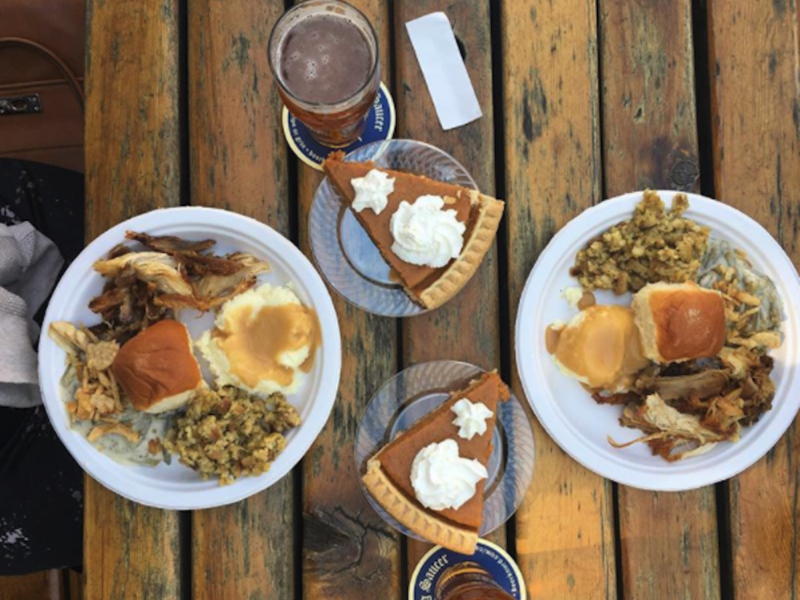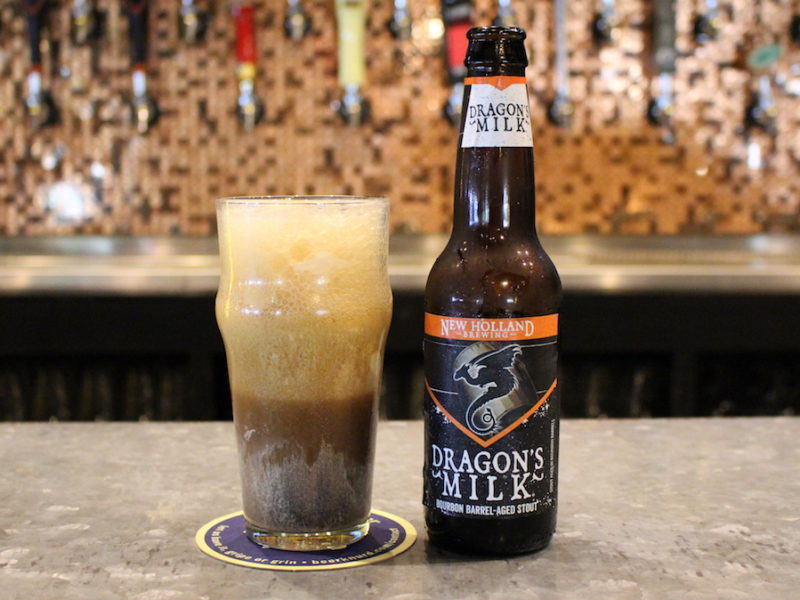To drink beer is to travel. Think about it: with even just that first sip of your favorite Trappist ale, you are temporarily transporting yourself to a very specific region of Belgium where a very specific assortment of local ingredients have been converted into a unique refreshment by brewers who have inherited a very specific brewing tradition. But how representative is your own personal world beer map? What territories remain to be explored, and what out-of-the-way places most merit visiting? Which international beer styles have yet to really be embraced by the ever-expanding US craft beer movement? Here are three underappreciated beer styles that promise to broaden your palate and increase your knowledge of beer as a global phenomenon.
ESB (Extra Special Bitter)
While it is true that the English describe their version of pale ale as “bitters,” if you order a pint of bitter at virtually any British pub, don’t expect a beer that is nearly as hop-forward as an American IPA. The real distinguishing mark of English bitters is their sessionability. Many bitters sport relatively low ABV (in the case of so-called “Boys Bitter,” hovering right around 3%) and are meant to be enjoyed over the course of several rounds. What makes ESB “extra special” then? For one, they are stronger. Fuller’s World Champion ESB, the most enduring and widely available beer in this variety, is close to 6% ABV. Not exactly an Imperial Stout, but not a lightweight, either. More characteristically, a great ESB strives for an ideal balance of all of facets of the beer’s personality.
A true ESB should deliver both malty sweetness and acerbic hoppiness, as well as fruity esters and herbal (rather than citrusy, floral or resiny) notes. A great ESB is simultaneously warm and cool, but never tepid. And this almost Classical obsession with proportion and harmony even extends to the ESB’s look and feel. When choosing an ESB, look for clear hues more bronze than blonde, beers that pour with a moderate head, and which temper their rich flavor and aroma with a medium body. If you are interested in trying a American-style ESB, see if your local Flying Saucer has either Peticolas Brewing Co.’s award-winning Royal Scandal or Left Hand Brewing’s Sawtooth Ale on draft or in the bottle.
Rauchbier
“Rauch” is German for smoke, and rauchbier is almost literally smoked beer. Only almost because the final brew itself is not treated with smoke. Rather, rauchbiers derive their distinct barbecue-like savor from smoked barley. Once malted, these still-green grains are further dried in an open fire kiln. Rauchbiers are most associated with the southeastern German region of Franconia, where they have been enjoyed for over 500 years. As with the smoking of meats, nearly any hardwood will do, but the most traditional of rauchbier brewers seek out beech. A good rauchbeir should taste like it smells, possessing a bold smokiness that flirts with being overpowering. Full-bodied with a dry, nearly salty finish, rauchbier should not be completely without sweetness either. Rauchbier’s underlying maltiness can be more brown sugar than molasses, or punch with full-on burnt sugar aggression.
If a trip to Bamberg isn’t in your immediate plans, ask your local Flying Saucer about the availability of Aecht Schlenkerla Rauchbier Urbock on tap. It’s an excellent, proper example direct from Brauerei Heller-Trum in Bamberg. Or search out Alaskan Brewing Co.’s alder wood-smoked porter for a stateside take on the delicious style.
Sahti
Sahti is the national brew of Finland. Comparable to other very old fermented beverages made using various grains and gruit, sahti is heavy on bready, phenolic and tart flavors. The process of brewing of authentic sahti is an elaborate process, and requires both the acquisition of specialized equipment (a kuurna or long, narrow wooden receptacle for lautering, or separating the mash from the wort) and a sizable quantity of juniper twigs. Like a traditional wheat beer, a good sahti should emerge from its bottle very hazily, with unfiltered yeast and residual ingredients quite visible. Expect a dark, amber-ruby beer with a relatively high ABV (around 8% on average), no hop bitterness, gin-like spiciness and a complex mix of fruity and lambic-like sour accents.
Sahti and sahti-like concoctions have recently been introduced to American beer lovers courtesy of Boston Beer Company/Samuel Adams, New Belgium Brewing Co and Dogfish Head. True sahtis are not yet commonly available outside of Finland, but you might inquire with your Flying Saucer server or local distributor about Finlandia, Lammin or Krouvin.
Where do you want to go the next time you take a seat at the bar? What international beer styles do you think deserve to be more popular? Knurd-out with us in the comments below and at your neighborhood Flying Saucer.











